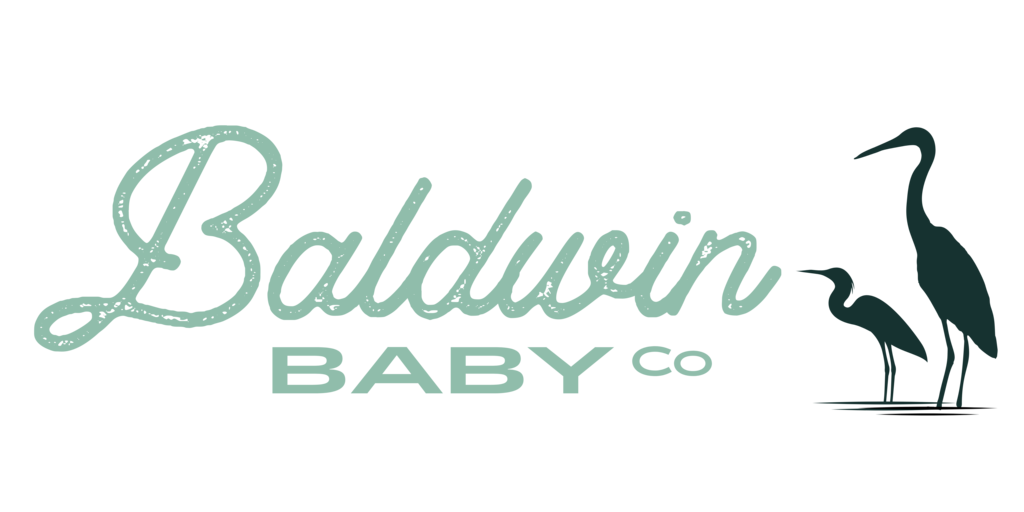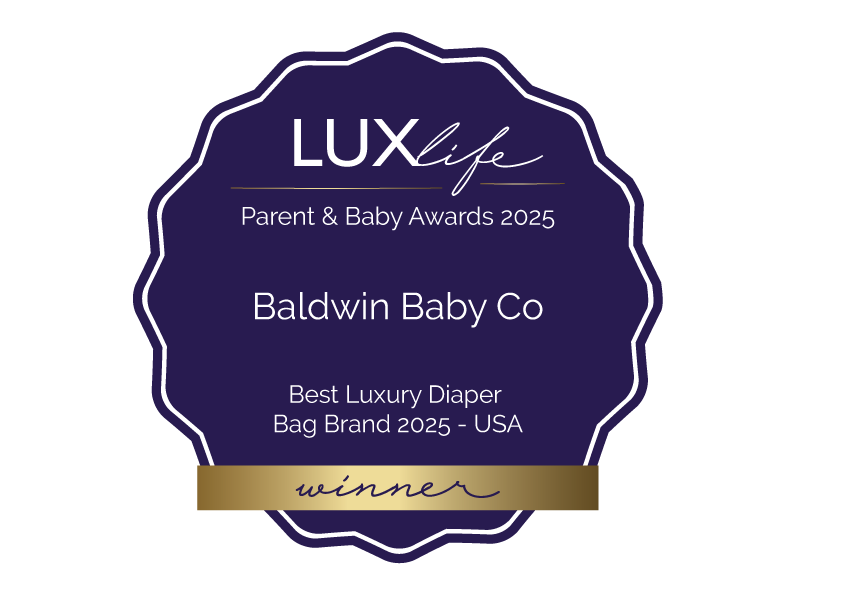Early Learning Foundations
Learn More
Early childhood is less about memorizing ABCs and 123s and more about building curiosity, communication, and social skills that prepare children for preschool and kindergarten. Toddlers learn best through play—stacking blocks, singing songs, scribbling with crayons, and imitating grown-ups. By introducing colors, shapes, numbers, and letters casually during daily routines, you’re laying the foundation for lifelong learning without pressure. The goal isn’t to push academics early, but to nurture a love of discovery, independence, and confidence that will carry into school and beyond.
What are the core skills toddlers need before preschool?
Toddlers don’t need to master academics before preschool. Instead, focus on developmental skills like:
- Basic communication (using simple words and gestures)
- Social interaction (sharing, taking turns, parallel play)
- Fine motor control (holding a crayon, stacking blocks)
- Following simple directions
These skills develop gradually, and every child progresses at their own pace. Preschool teachers expect a wide range of abilities when kids first arrive.
How can I encourage a love of learning at home?
Children learn best when it’s fun. Read aloud daily, narrate what you’re doing, and ask open-ended questions to spark conversation. Turn everyday moments into learning opportunities—count stairs together, name grocery store colors, or sing songs about body parts. Praise curiosity and effort rather than just “right answers.” These playful interactions encourage a positive attitude toward learning that lasts.
What are the best educational toys for toddlers?
The best toys encourage creativity and open-ended play. Options include:
- Building blocks or magnetic tiles for problem-solving
- Puzzles and shape sorters for matching and spatial skills
- Pretend play sets (kitchens, doctor kits, tool benches) for imagination and social learning
- Art supplies like crayons, washable markers, or finger paints for fine motor skills
Avoid toys that only have one function—open-ended toys grow with your child and offer more developmental benefits.
Should I be teaching my toddler to read before kindergarten?
No—formal reading instruction isn’t necessary before kindergarten. Focus on pre-literacy skills: reading aloud, recognizing letters, rhyming words, and talking about stories. These are stronger predictors of later reading success than early memorization.
How important are fine motor skills before school?
Very. Skills like holding crayons, using scissors safely, and stacking blocks support writing readiness. Offering art projects, play dough, or simple crafts helps build the hand strength and coordination needed for early school tasks.
Preschool & Kindergarten Readiness
Learn More
Preschool readiness is less about academics and more about social-emotional growth, independence, and adaptability. While some programs accept children as young as 2, most families start preschool between ages 3–4. At this stage, kids benefit from structured group activities, but what really matters is their comfort with short separations, following directions, and beginning to play with peers. Helping your child build confidence and practice routines at home makes the transition to preschool smoother for everyone.
How do I know if my child is ready for school?
Look for signs such as:
- Comfort being apart from parents for short periods
- Ability to communicate basic needs (thirst, bathroom, tired)
- Interest in other children and group activities
- Following simple one- or two-step directions
These don’t need to be mastered, but a basic level of independence makes adjustment easier.
What should my child know before starting preschool?
Children don’t need to know letters, numbers, or how to write. Instead, focus on:
- Listening to a teacher
- Sitting briefly in a group activity
- Taking turns and sharing
- Practicing self-care like handwashing and putting on shoes
Preschool is designed to teach academic basics—your role is helping your child feel ready to learn.
How can I prepare my child socially and emotionally?
- Practice short, happy goodbyes to ease separation anxiety
- Read books about preschool routines and first days
- Role-play circle time or lining up at home
- Arrange short playdates to practice sharing and cooperation
What if my child struggles with preschool or kindergarten readiness?
It’s normal for kids to progress at different rates. Some may be strong academically but need more help socially, or vice versa. If you’re concerned about speech, behavior, or emotional adjustment, talk with your pediatrician or teacher early—extra support makes transitions smoother.
Learning Through Play
Learn More
Play is the foundation of early learning. From stacking blocks to pretending to run a grocery store, children use play to explore, experiment, and make sense of the world. Far from “just fun,” play builds vocabulary, problem-solving skills, social confidence, and emotional regulation. Balancing free play with gentle structure—and knowing how to use screen time wisely—helps kids develop naturally while laying the groundwork for lifelong learning.
Why is play important for early learning?
Play is how children learn best. Through play, they develop creativity, imagination, social skills, emotional control, and problem-solving abilities. Free play—like pretending with dolls or building with blocks—encourages independence and self-expression. Guided play—such as puzzles, art, or games with simple rules—supports focus and skill-building. Experts agree that play isn’t optional; it’s essential for healthy brain development.
What are examples of educational play activities?
Educational play can look simple but has big benefits. Examples include:
- Sorting toys by shape, size, or color (early math and categorization skills)
- Pretend play like “restaurant” or “doctor” (imagination, social roles, language)
- Building towers with blocks or Legos (fine motor skills, problem-solving)
- Sensory bins with rice, beans, or water (focus, texture exploration)
- Outdoor play like climbing, digging, or running (gross motor skills, confidence)
The best activities are open-ended and encourage exploration rather than one “right” answer.
How do I balance play and structure?
Children need both free play and structured activities. Free play allows creativity and self-discovery, while structured play (like storytime, crafts, or circle games) introduces new skills. A simple daily rhythm—play, snack, story, nap—creates security without being rigid. Too much structure can stifle independence, while too little may leave kids without guidance. Strive for balance by leaving room for both.
How does outdoor play benefit learning?
Outdoor play builds strong muscles, coordination, and balance while also boosting problem-solving and risk-assessment skills. Nature play—like climbing logs or exploring bugs—teaches curiosity and resilience. Time outside also reduces stress and supports better sleep.
How can parents encourage independent play?
Start with short periods where you set up toys and step back. Praise independent play: “I love how you’re building that tower.” Gradually extend time as kids gain confidence in exploring on their own.
Learning Styles & Abilities
Learn More
Every child learns differently, and recognizing those differences can help parents and teachers nurture confidence and academic success. Some children absorb information by watching, others by listening, and many by doing. Supporting their natural style while also exposing them to different approaches builds resilience and flexibility. When challenges arise, tools like occupational therapy or adapted teaching strategies can provide extra support, ensuring every child has the chance to thrive both academically and socially.
How do I support a visual/auditory/kinesthetic learner?
Tailor learning to their strengths while still encouraging a mix:
- Visual learners: Use charts, flashcards, picture books, and color-coding.
- Auditory learners: Read aloud, sing rhymes, discuss ideas, and use repetition.
- Kinesthetic learners: Encourage role-play, crafts, building, or learning through movement.
The goal isn’t to limit a child to one style, but to build confidence in their strengths while giving them tools in other areas.
What if my child struggles with traditional learning methods?
If worksheets, lectures, or standard classroom methods don’t click, don’t panic. Many children learn best through alternative approaches like storytelling, educational games, or hands-on projects. Partner with teachers to adapt strategies—for example, using visuals for a child who struggles with verbal instructions. If struggles are ongoing or affect multiple areas, consider an evaluation for learning differences such as dyslexia or ADHD. Early support helps kids stay engaged and confident.
Why would a child need occupational therapy?
A child may benefit from occupational therapy (OT) if they struggle with everyday skills like handwriting, feeding themselves, getting dressed, or managing sensory input. OT helps strengthen fine motor coordination, improve focus, and develop coping strategies for sensory challenges. Many kids who receive OT see not only academic improvement but also boosts in independence and self-confidence.
Reading & Literacy
Learn More
Reading early and often lays the foundation for strong language skills, comprehension, and a lifelong love of books. From the very first days, babies benefit from hearing the rhythm of your voice, looking at colorful pictures, and engaging in cozy storytime routines. As children grow, books help them build vocabulary, imagination, and emotional understanding. By making reading a natural and joyful part of everyday life, you’re giving your child one of the most powerful tools for learning and success.
When should I start reading to my baby?
It’s never too early to start—reading to your baby from birth helps build listening skills, vocabulary, and early brain connections. Even though infants don’t understand the words, they benefit from the rhythm of your voice, the bonding experience, and the exposure to sounds and language patterns. Reading short board books, using black-and-white picture books, or simply narrating your day out loud helps lay the foundation for literacy long before your child says their first word.
What are signs of early literacy development?
Early literacy shows up in many ways beyond speaking. Common signs include:
- Showing interest in books and turning pages (even if just flipping quickly)
- Pretend “reading” by babbling while looking at pictures
- Recognizing familiar logos, letters, or their own name
- Enjoying songs, rhymes, and repetition
These behaviors show your child is beginning to connect sounds, symbols, and meaning—the building blocks of reading.
How can I build a strong home library?
A great home library doesn’t need to be huge or expensive. Focus on variety and accessibility:
- Mix of genres: board books, picture books, rhymes, nonfiction, and diverse stories.
- Age-appropriate picks: sturdy books for babies, interactive lift-the-flap books for toddlers, and simple storylines for preschoolers.
- Display accessibly: keep books at your child’s eye level in bins or shelves so they can grab them independently.
- Rotate titles: swap out books regularly to keep interest fresh.
Don’t forget your local library—borrowing books keeps your collection new and exciting without the cost.
How many minutes should I read to my child each day?
Aim for at least 15–20 minutes of reading daily, but more is always better. This doesn’t need to be in one sitting—short bursts of reading throughout the day (before naps, after meals, at bedtime) add up. What matters most is consistency and making reading a daily habit.
Are audiobooks good for kids?
Yes—when used alongside traditional reading. Audiobooks expose children to new vocabulary, fluent expression, and storytelling. They’re especially helpful during car rides or quiet time. For younger kids, pairing the audiobook with a physical copy of the book helps them connect spoken words with print. Audiobooks should supplement, not replace, interactive reading with parents.
Math & Problem-Solving
Learn More
Parenting is a team effort, but the “invisible work” of running a household often weighs more heavily on one partner. This unspoken responsibility—called the mental load—Early math doesn’t start with worksheets—it begins with play. From stacking blocks to sorting snacks by color, everyday experiences teach children how to think logically, recognize patterns, and persist through challenges. Encouraging problem-solving early builds confidence and sets the stage for later academic success. remembering appointments, planning meals, anticipating needs, and managing schedules. Left unaddressed, it can cause resentment, communication breakdowns, and even strain the relationship. By talking openly, dividing responsibilities fairly, and showing appreciation, couples can share the load and build a stronger partnership. These conversations also help kids see teamwork and balance modeled at home.
What are simple ways to teach early math skills?
The best way to teach math in early childhood is through daily life. Count stairs as you walk up them, compare sizes of toys, or point out shapes while driving. Cooking is also a math-rich activity—measuring, stirring, and dividing portions all build number sense. Rather than drills, focus on making math playful and part of routines your child already enjoys.
How do toddlers learn counting and number sense?
Toddlers usually start with rote counting—reciting numbers in order without understanding their meaning. True number sense develops when they connect numbers to quantities. For example, saying “two” while holding up two blocks. Repetition, hands-on activities, and visual aids (like counting fingers or snacks) help toddlers understand that numbers represent actual amounts, not just sounds.
What games help build problem-solving skills?
Play is the best training ground for problem-solving. Activities include:
- Puzzles and matching games (develop persistence and spatial reasoning)
- Building blocks and construction toys (teach balance, structure, and trial-and-error)
- Simple board games (introduce rules, patience, and strategy)
- Pretend play scenarios (like running a “grocery store” or planning a “restaurant”) that require kids to make decisions and solve small challenges
Games like these teach kids to experiment, fail, and try again—core problem-solving skills that translate into academics and everyday life.
How do I encourage persistence when my child gives up easily?
Celebrate effort, not just results. Phrases like, “I love how you kept trying!” reinforce persistence. Break tasks into smaller steps, and model problem-solving yourself—saying, “Hmm, that didn’t work, let’s try another way.” Over time, children learn that mistakes aren’t failures but opportunities to find new solutions.
Language Learning & Multilingual Homes
Learn More
Raising a child in a bilingual or multilingual environment has long-term benefits—from sharper problem-solving skills to stronger cultural connections. While parents sometimes worry about confusion or delays, research shows early exposure is an advantage. With consistency, support, and patience, children can thrive in more than one language.
Is it okay to raise a child in a bilingual household?
Yes, absolutely. Children are natural language learners and can handle multiple languages from birth. Studies show that bilingualism enhances brain flexibility, memory, and problem-solving skills. It also builds cultural awareness and stronger connections with extended family or community.
Will learning two languages delay speech?
No, bilingualism does not cause speech delays. Children may mix words from different languages at first (called “code-switching”), but this is a normal and temporary part of learning. Some bilingual kids may begin speaking slightly later than monolingual peers, but their language skills usually even out quickly. True delays are rare and should be assessed separately by a pediatrician or speech therapist.
How can I support a child learning a second language?
- Provide consistent daily exposure (songs, books, conversations).
- Use the “one parent, one language” approach or set aside specific times for each language.
- Encourage real-world practice with family members or peers who speak the language.
- Keep it fun—through games, story time, or cultural traditions.
The key is exposure and consistency, not perfection.
School Transitions
How do I ease the transition into kindergarten?
Preparation makes all the difference. Visit the school together, walk through the classroom or playground, and practice the morning routine a few times before the big day. Read books about starting school and talk positively about what they’ll learn and who they’ll meet. Small milestones like choosing a backpack or packing a lunchbox also build excitement and confidence.
What are common fears kids have about starting school?
Kids often worry about separating from parents, making new friends, using the bathroom independently, or being away from home all day. These fears are normal and usually temporary. Reassure your child that it’s okay to feel nervous, validate their emotions, and remind them you’ll always come back at the end of the day.
How do I help with separation anxiety at school?
Keep drop-offs short and positive. Create a goodbye ritual, like a hug and wave, then leave promptly to build trust. Avoid sneaking away—it can increase anxiety. Consistency, reassurance, and working with teachers help kids adjust to being apart.
What if my child doesn’t like school?
It’s normal for some children to resist school at first. Find out the cause—social challenges, academic struggles, or tiredness—and address it directly. Talk with teachers, create positive associations with learning, and celebrate small wins. Most kids grow to enjoy school once routines and friendships settle in.
How do I build a daily learning routine at home?
Keep it simple and predictable. A balanced daily rhythm might include reading together, outdoor play, and one short structured activity (like puzzles, counting, or a letter game). A visual chart or consistent order of activities can help children know what to expect. Consistency builds security and prevents learning from feeling overwhelming.










